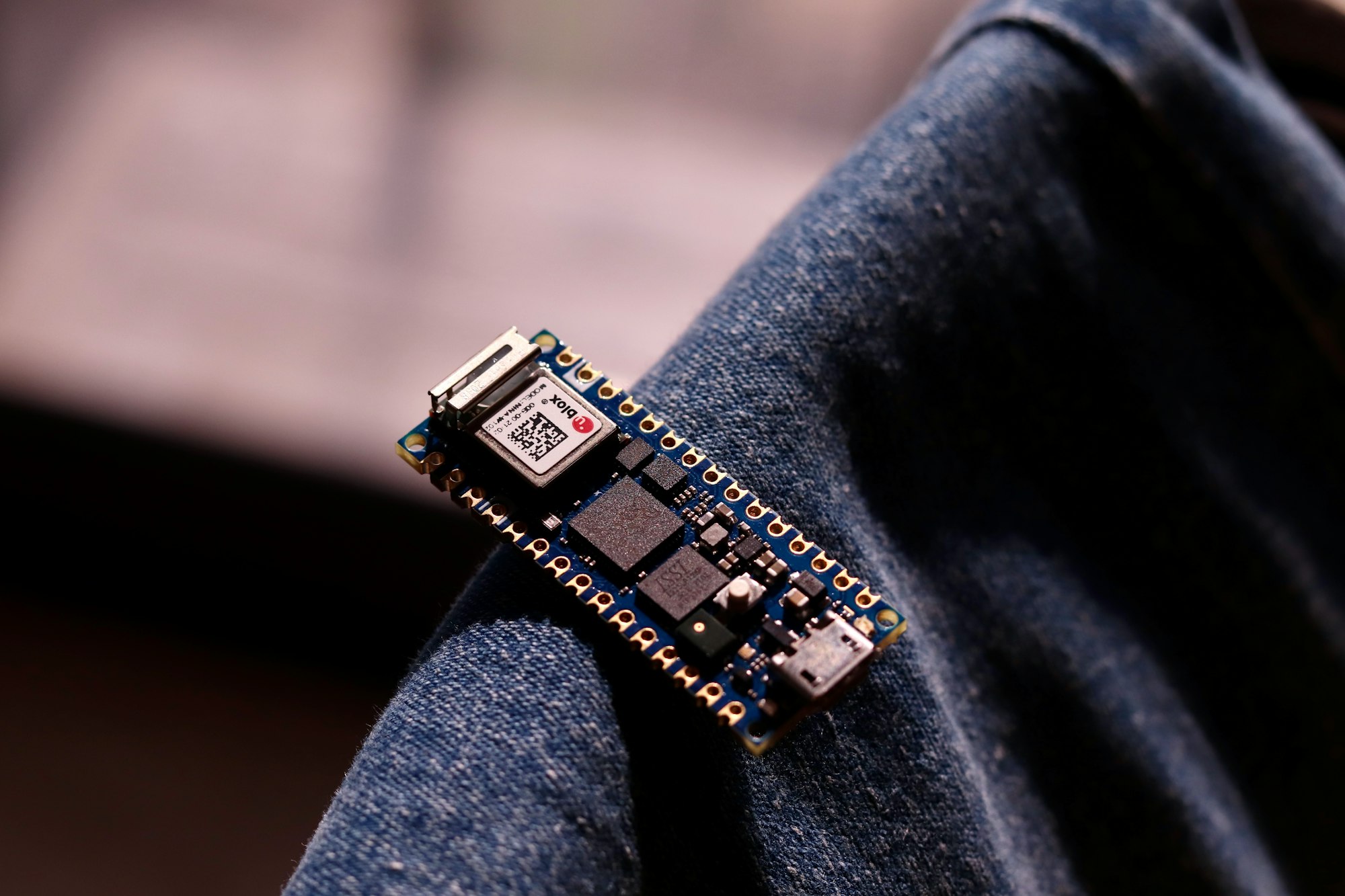In recent years, the field of machine learning has witnessed a remarkable advancement in the domain of edge computing. Edge computing refers to the practice of processing and analyzing data closer to the source, typically on small, resource-constrained devices such as microcontrollers. One exciting application of edge computing is sound analytics, where the power of machine learning algorithms can be harnessed to extract valuable insights from audio data. This is made possible through the emerging field of Tiny Machine Learning (TinyML).
What is TinyML?
Tiny Machine Learning, or TinyML, is a specialized branch of machine learning focused on deploying machine learning algorithms on resource-constrained devices, such as microcontrollers. These devices typically have limited memory, processing power, and energy constraints. TinyML algorithms are designed to be lightweight and efficient, enabling them to run on microcontrollers with minimal resources.
Sound Analytics on the Edge
Sound analytics on the edge involves processing and analyzing audio data in real-time on microcontrollers, without relying on a centralized server or cloud infrastructure. This has several advantages, including reduced latency, enhanced privacy, and the ability to operate in offline or low-connectivity environments.
By leveraging TinyML techniques, microcontrollers can be trained to recognize and classify specific sounds or patterns within audio data. For example, a microcontroller equipped with sound analytics capabilities could distinguish between different types of alarms, recognize specific voice commands, or detect anomalies in machinery sounds.
Benefits of Sound Analytics on Microcontrollers
Real-time Decision Making
With sound analytics on microcontrollers, decisions can be made instantaneously, without the need to transmit data to a remote server for processing. This is particularly valuable in time-sensitive applications where immediate action is required. For instance, in an industrial setting, a microcontroller can quickly identify and respond to potential equipment malfunctions, preventing costly downtime.
Privacy and Security
By processing audio data locally on the microcontroller, sound analytics on the edge enhances privacy and security. Audio data containing sensitive information can be processed without being exposed to external networks, reducing the risk of unauthorized access or data breaches. This is especially relevant in applications like voice-controlled devices or healthcare wearables.
Reduced Bandwidth and Energy Consumption
Performing sound analytics on microcontrollers significantly reduces the amount of data that needs to be transmitted to the cloud for analysis. This translates to lower bandwidth requirements and reduced energy consumption, making it an energy-efficient solution. In applications where battery life is critical, such as wearable devices, this can be a game-changer.
Challenges and Considerations
While sound analytics on microcontrollers using TinyML offers numerous advantages, there are some challenges and considerations to be aware of:
Model Size and Complexity
Due to the limited resources of microcontrollers, TinyML models need to be highly optimized in terms of size and complexity. Techniques such as model quantization, pruning, and knowledge distillation are employed to reduce the memory footprint and computational requirements of the models.
Training and Deployment Workflow
Developing TinyML models requires a different workflow compared to traditional machine learning. It involves collecting and preprocessing data, training the models, and optimizing them for deployment on microcontrollers. Specialized tools and frameworks like TensorFlow Lite for Microcontrollers and Edge Impulse simplify this process and provide support for the TinyML ecosystem.
Balancing Accuracy and Resource Constraints
Finding the right balance between model accuracy and resource constraints is crucial. While it is desirable to have highly accurate models, they may be too complex for microcontrollers to handle. A trade-off between accuracy and resource utilization needs to be considered to ensure the models can run efficiently on microcontrollers.
Conclusion
Sound analytics on the edge using TinyML opens up a wide range of possibilities for applications in various domains, including industrial automation, healthcare, and Internet
of Things (IoT). By enabling microcontrollers to process and analyze audio data locally, we can achieve real-time decision making, enhanced privacy, and reduced bandwidth and energy consumption. As the field of TinyML continues to evolve, we can expect even more sophisticated sound analytics applications on microcontrollers, empowering devices to perform intelligent audio processing on the edge.
Featuring STM32 ARM M4 Microcontroller
